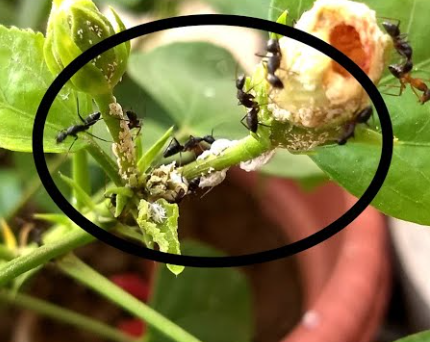Anthuriums, with their vibrant and exotic blooms, are popular houseplants that can add a touch of tropical elegance to any indoor space. However, getting these stunning plants to flower requires a bit of care and attention. If you’re wondering how to encourage your anthuriums to bloom and showcase their beautiful spathes, here are seven tips to help you achieve success.
- Provide Adequate Light: Anthuriums thrive in bright, indirect light. Place your plant near a window with filtered sunlight, but avoid direct exposure to harsh sunlight, which can scorch the leaves. If you notice your anthurium’s leaves turning yellow or brown, it may be an indication of too much light.
- Maintain the Right Temperature and Humidity: Anthuriums prefer warm and humid conditions, reminiscent of their tropical origins. Keep your indoor environment at temperatures between 65°F to 80°F (18°C to 27°C) and maintain a humidity level of 60% or higher. Placing a tray of water near your plant or using a humidifier can help create an optimal microclimate.
- Water Wisely: While anthuriums appreciate consistent moisture, they don’t like to sit in waterlogged soil. Ensure the soil is well-draining and water your plant when the top inch of soil feels dry. Overwatering can lead to root rot, which may hinder flower production. Additionally, use room-temperature water to avoid shocking the roots.
- Choose the Right Potting Mix: Anthuriums prefer a loose, well-aerated potting mix. A blend of orchid mix, perlite, and sphagnum moss works well to provide the necessary drainage and aeration. Repot your anthurium every 1-2 years to refresh the soil and give the roots room to grow.
- Fertilize Regularly: To encourage flowering, provide your anthurium with a balanced liquid fertilizer formulated for flowering plants. During the growing season (spring and summer), fertilize every 4-6 weeks. Reduce the frequency during the dormant period in fall and winter. Be sure to follow the recommended dosage to avoid over-fertilizing.
- Prune and Remove Spent Blooms: Pruning helps redirect energy to new growth and encourages more prolific flowering. Remove any yellowing or damaged leaves, and trim spent blooms at their base. This not only enhances the plant’s appearance but also stimulates the production of new flowers.
- Be Patient: Anthuriums are not known for rapid flower production, and it may take some time for your plant to bloom. Provide consistent care, and don’t be discouraged if your anthurium doesn’t flower immediately. With the right conditions, your patience will be rewarded with the stunning and long-lasting spathes these plants are known for.
Conclusion:
By creating a tropical haven in your home and meeting the specific needs of your anthurium, you can encourage it to produce an abundance of striking flowers. With the right balance of light, water, humidity, and care, your anthurium will thrive and become a delightful focal point in your indoor garden.





